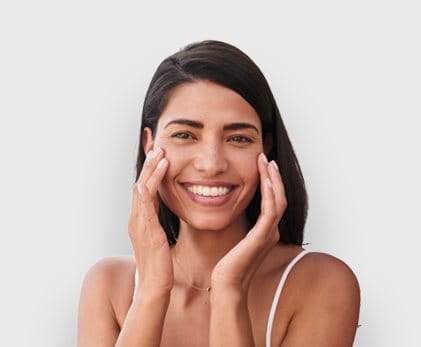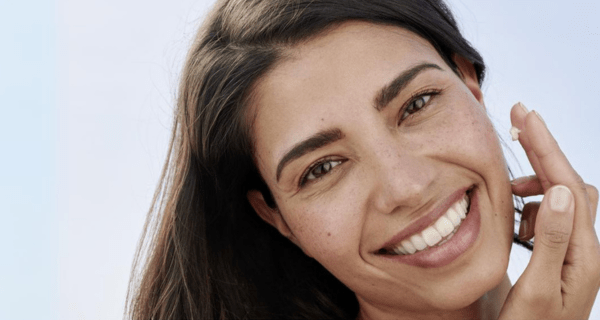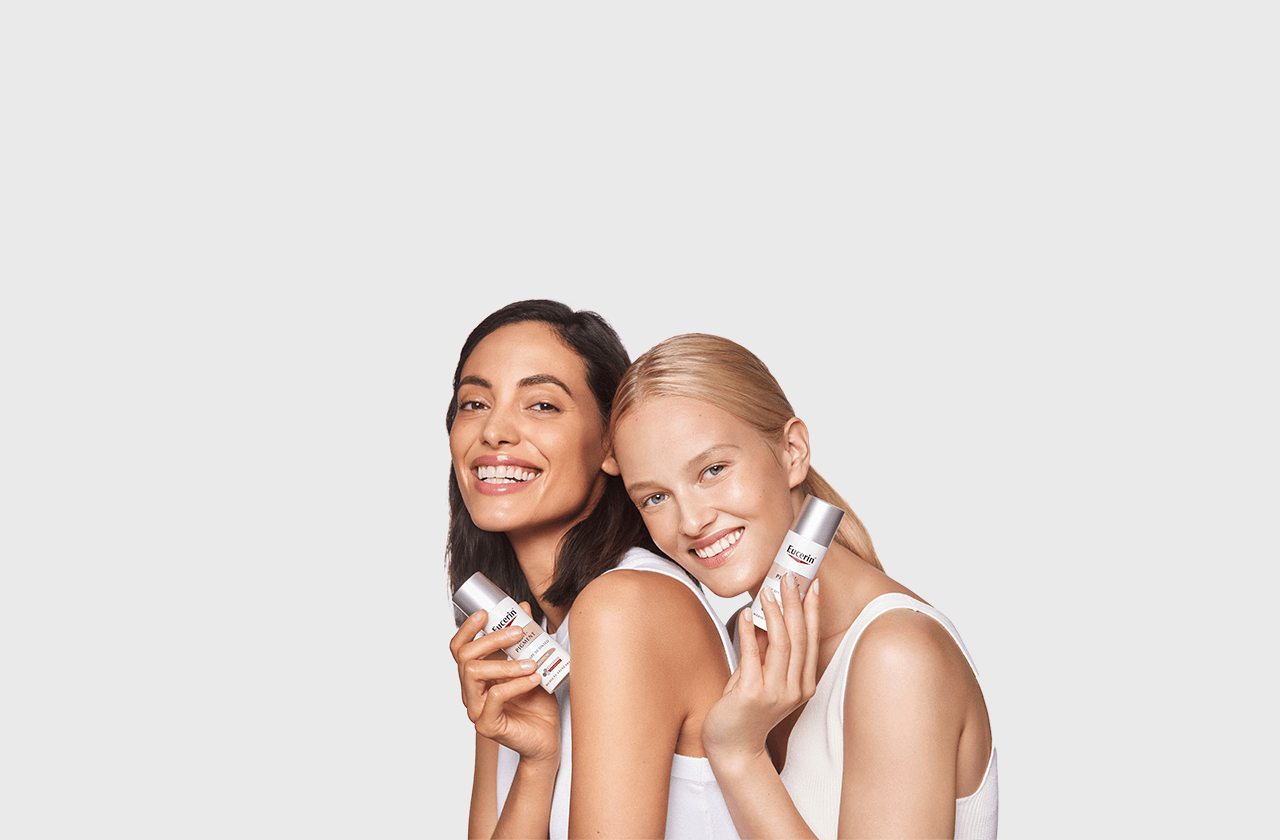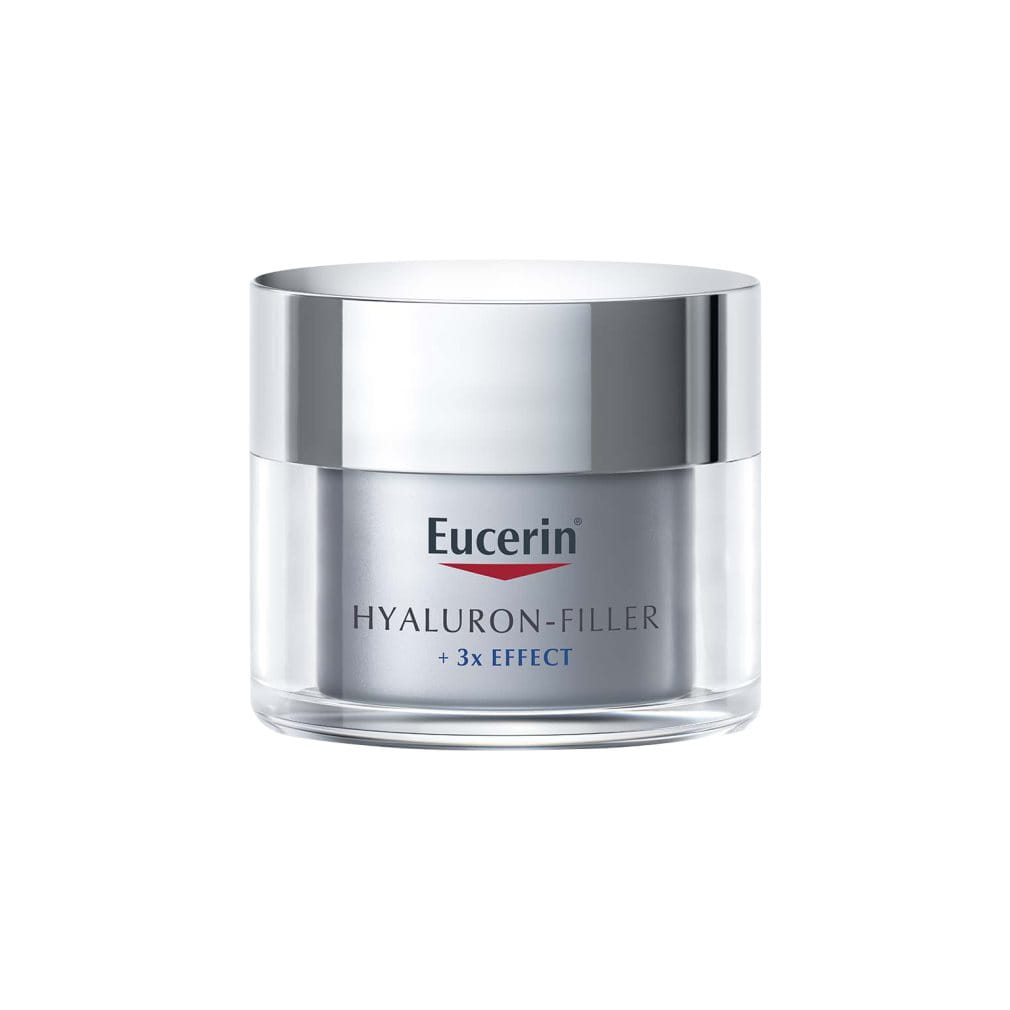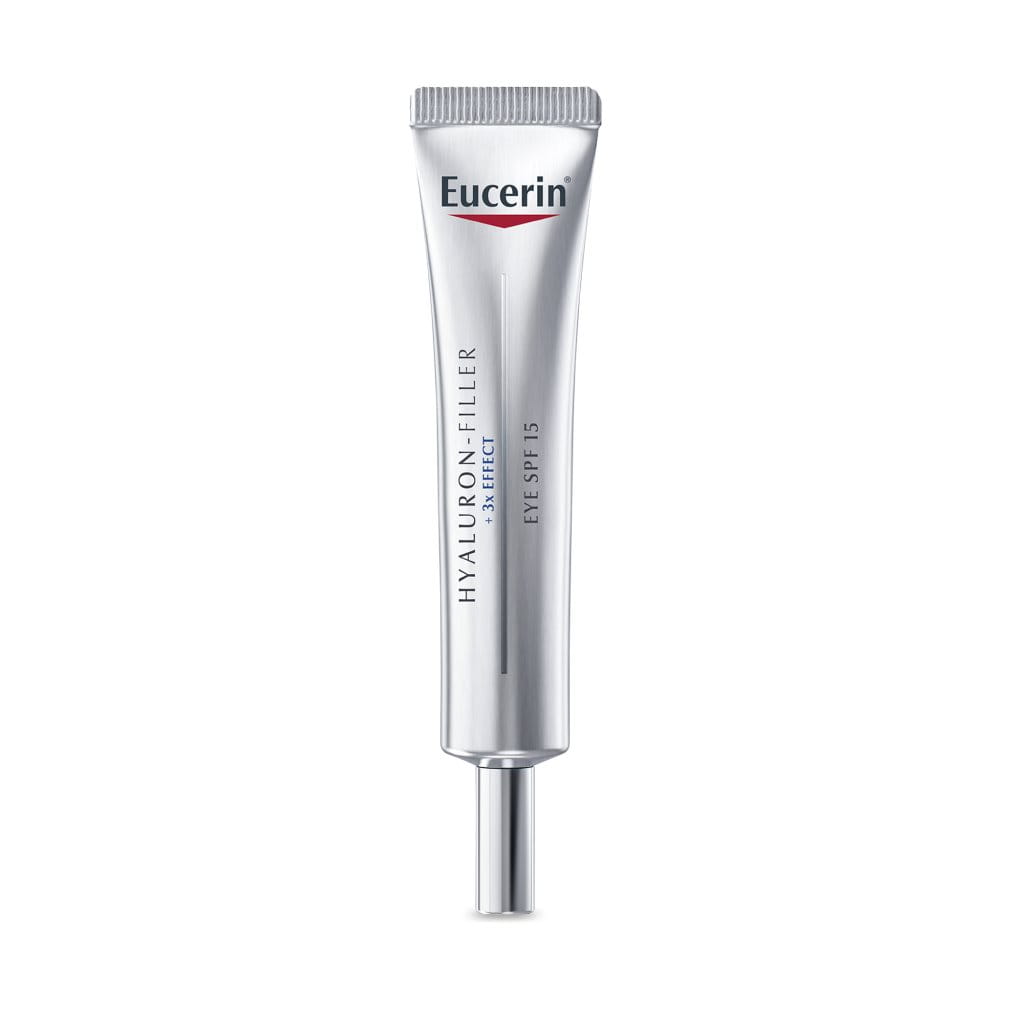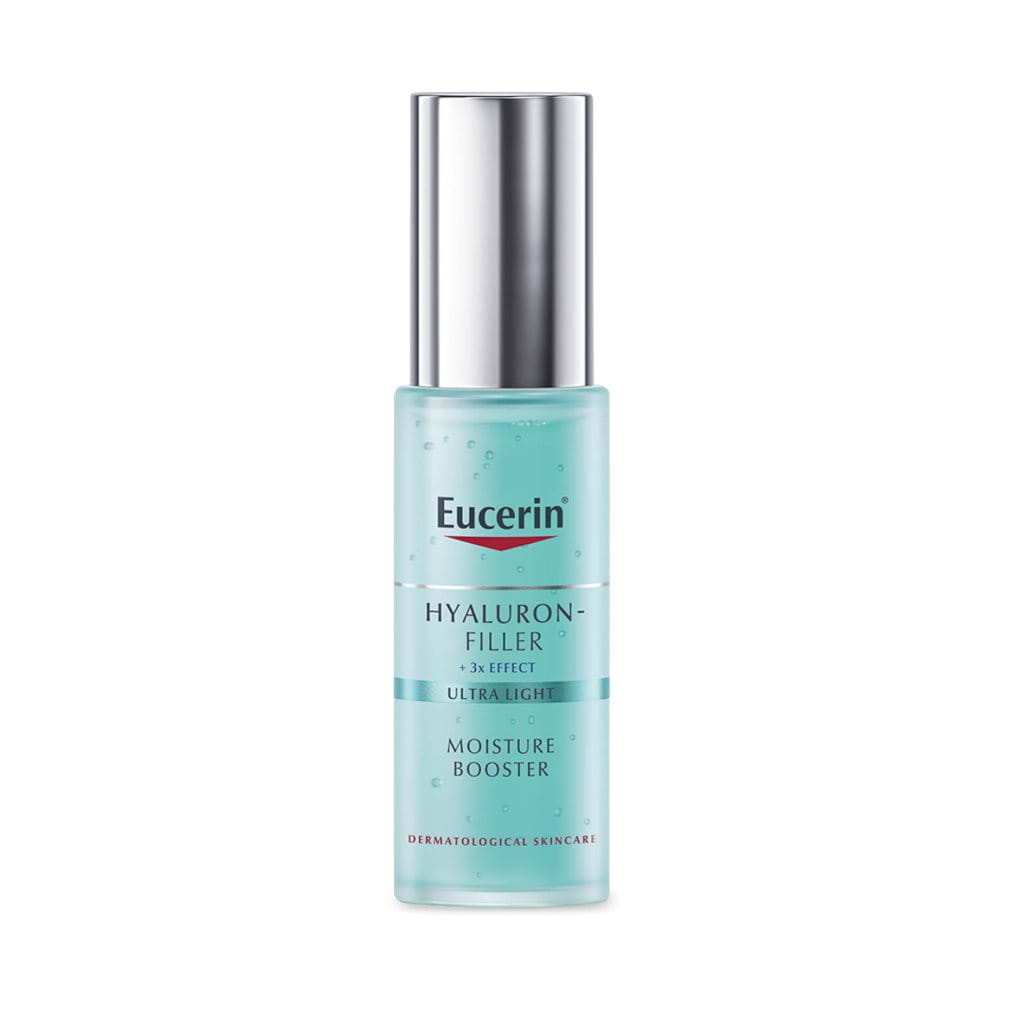The phenomenon by which we age is called senescence. At a cellular level, senescence entails the gradual termination of cell division, as they accumulate wear and tear after each replication, representing a natural cycle of life, growing old.
However, sometimes the process is abruptly brought to a stop before allowing nature to take its course. External and internal factors can influence this action, thereby preventing the cells from replicating, leading to an accelerated death. This sequence of events results in premature aging of the skin, which is quite often identified with wrinkles, fine lines, saggy skin and more.
Keynotes:
- Natural cell senescence is different from premature aging, which can be caused by both internal and external factors disrupting cell function.
- The early signs of skin aging include sunspots, fine lines, gaunt skin and saggy skin.
- Adopt a proactive approach with holistic skincare, adequate sleep, a healthy diet and sun protection to mitigate the effects.
- Professional treatments for premature aging include topical serums, chemical peels, light therapy and professional procedures.

